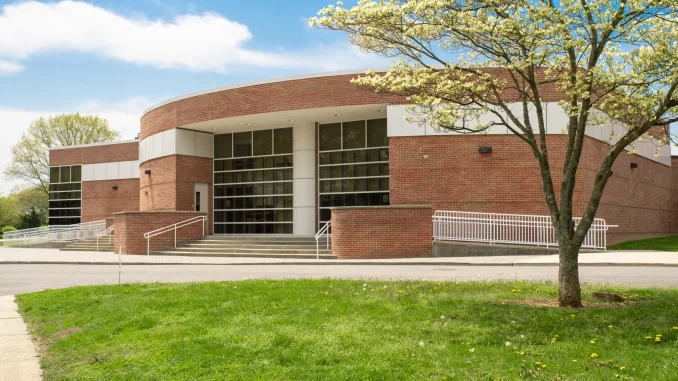
By Hank Russell
A third school district on Long Island did not properly report elevated levels of lead in the schools’ drinking water systems, according to the latest report from the New York State Comptroller’s Office.
According to the audit, which was conducted between July 1, 2019 and September 30, 2024, officials from the Bayport-Blue Point Union Free School District “did not properly identify, report or implement needed remediation to reduce lead exposure in all potable water outlets as required by NYS Public Health Law and Department of Health (DOH) regulations.”
The district’s water systems underwent three testing cycles: from September 6, 2016 to October 31, 2016; January 1, 2020 to June 30, 2021; and January 1, 2023 to December 31, 2025. Based on the findings, the audit determined 39 water outlets (including sinks and showers in bathrooms and a sink in a concession stand) of the 312 water outlets (13%) that were identified at select areas that students, staff and the public may have access to and could consume water from, were not sampled or properly exempted by District officials for Cycle Two.
“This occurred because District officials did not have a complete sampling plan to identify all water outlets for sampling or exemption,” the audit stated.
District officials also did not have a complete remedial action plan that detailed which water outlets they exempted from sampling, how these outlets would be secured against use, and what remedial actions were planned or enacted, according to the audit. “Because there is no information on the lead levels of the 39 water outlets not sampled for testing, we were unable to determine whether officials identified and remediated all water outlets that would have required it,” the audit stated.
Of the 470 water outlets the District sampled for Cycle Two testing, 120 water outlets (26%) exceeded the lead action level. After reviewing 25 of the water outlets with actionable lead levels, the comptroller’s office determined that eleven of these 25 water outlets (44%) were not retested and effective controls were not implemented to prevent them from being used for cooking or drinking.
The audit also found that district officials did not always report laboratory testing results, including the initial sampling results showing 120 water outlets exceeding the lead action level, to all parties or within the required time periods. District officials reported the Cycle Two test results through DOH’s Health Electronic Response Data System (HERDS) reporting system two days late.
In addition, District officials did not notify staff, parents and/or guardians of the Cycle Two results in writing, as required. Finally, officials posted the Cycle Two test results of the potable water outlet sampling on the District’s website five weeks late.
This final report includes seven recommendations to that effect:
- Develop complete sampling and remedial action plans for all District water outlets that could be used for drinking and cooking, including details on which water outlets will be considered exempt from sampling and their controls to secure against use.
- Sample all water outlets that could be used for drinking and cooking and properly secure against use any water outlets designated as exempt from sampling.
- Remediate or implement effective long-term controls for all water outlets that exceed the lead action level.
- Review all work related to the lead testing program for accuracy and completeness.
- Develop procedures for all individuals involved in lead testing and reporting and their roles and responsibilities.
- Notify all required parties in the required time periods after lead testing results are received.
- Keep accurate records of all notification efforts performed.
District officials disagreed with certain aspects of the findings. In a letter to the comptroller’s office, School Superintendent Dr. Tim Hearney said the findings regarding Cycle Two “inaccurate” and “seem to be predicated from the belief that a complete sampling plan or remedial action plan was not developed; however, the District respectfully maintains that such plans were, in fact, created and implemented.”
Hearney also challenged the report’s statement that the reports were filed late. He noted that the results prepared by the school’s environmental consultant “were sent [on September 25, 2020] after business hours that day … meaning the results were effectively received on the following day.”
The school was closed on September 28, 2020 for Yom Kippur and again on October 12, 2020 for Columbus Day, Hearney noted. “When accounting for these scheduled closures, the District’s notifications to the NYS HERDS system were submitted within the required timeframe,” he said.
The statements on Cycle Three testing “appear to be on a misunderstanding,” Hearney said. “No testing has been conducted for Cycle Three at this time. The samples referenced in the report were actually post-remediation samples from outlets originally tested during Cycle Two.”
Despite expressing its differences with the report, Hearney said the district will make water safety a top priority. “The Bayport-Blue Point Union Free School District remains fully committed to meeting the requirements of the NYSDOH Lead in School Drinking Water regulations,” he said. “Like the regulation itself, our shared objective is to minimize and prevent lead exposure across all school facilities.”

